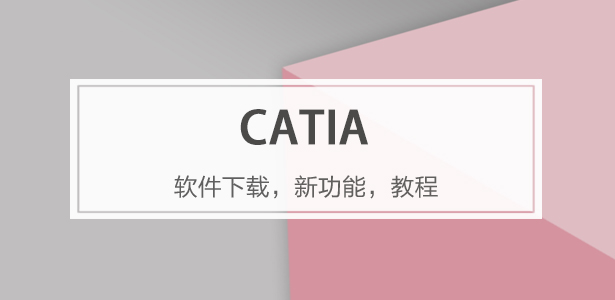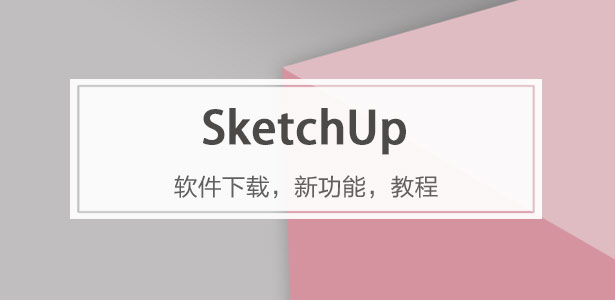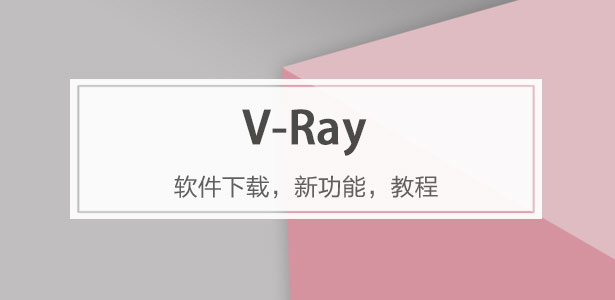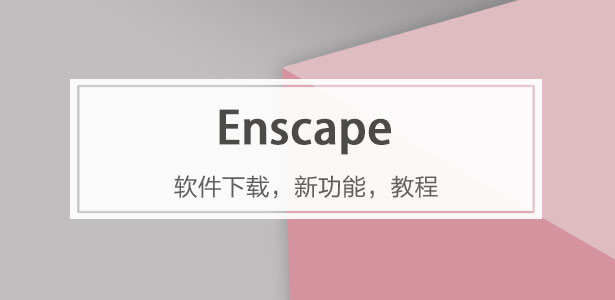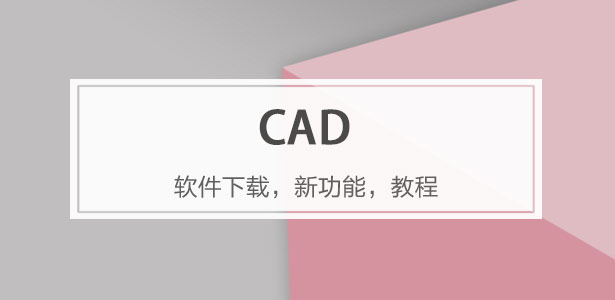
下載app免費領取會員



設計單位? F.O.G.建筑事務所
項目位置? 四川成都
建成時間? 2024年11月
建筑面積? 140平方米
撰文? 李念、黃楠
Lemaire成都太古里精品店位于成都太古里。雖然項目西側靠近有眾多網紅打卡的蘋果店和噴泉廣場,但是當游客走到項目所在地時會突然覺得安靜。這種“鬧中取靜”的空間感受即是項目選址的原因,也同時成為設計的起點之一。
The Lemaire boutique in Chengdu Taikoo Li is located in the bustling Taikoo Li district. Despite its proximity to landmarks like the Apple Store and Fountain Plaza, visitors experience a surprising sense of tranquility upon arrival. This contrast of "serenity amidst the bustle" inspired both the site selection and the design concept.



與強調“平效”的常規設計方法不同,本項目犧牲了部分室內空間,將立面做部分退讓,通過一個景觀區域作為緩沖,來銜接熱鬧的外部空間和安靜的內部空間。景觀區域由兩級臺階構成。顧客需要先踏上入口平臺,再沿臺階下到室內,這種“一上一下”的動線設計,不僅強化了從室外到室內的空間過渡感,也同時賦予進入室內的儀式感。
Unlike conventional approaches that prioritize maximizing interior space, the project intentionally recesses the fa?ade to create a landscaped buffer zone, seamlessly linking the lively exterior with the calm interior. The landscape features a two-tiered staircase: visitors ascend to an entry platform and then descend into the interior. This "one step up, one step down" circulation enhances the spatial transition and adds a sense of ceremony to the entry experience.





“日常性”是品牌方(Lemaire)的設計要求。對城市生活而言,植物一般是以盆栽的形式出現在家里。因此,入口處的景觀設計采用了可移動的盆栽而不是固定花池。為了進一步貼近成都的日常生活,設計沒有采用常規的花盆,而是用“醬缸”來“裝”植物。
The concept of "everyday quality" was a key design requirement from the brand (Lemaire). In urban environments, plants are typically displayed in pots within homes. To reflect this, the entrance landscape design features movable potted plants rather than fixed planters. In a nod to Chengdu's daily life, the design replaces conventional flowerpots with traditional "sauce jars" to house the plants, further grounding the space in local culture.




在材料的選擇上,竹子作為一種四川在地材料被大量使用。設計不僅采用了竹木地板、竹簾等“有形”木材,外立面設計也通過細長石材和凹凸紋理來“無形”地模擬竹編墻的質感。“有形”與“無形”的竹材相互呼應,共同形成了的基于竹的材料敘事。
The material selection prominently features bamboo, a local material from Sichuan, used extensively throughout the project. The design concept blends both "tangible" bamboo elements, such as bamboo flooring and bamboo curtains, with "intangible" representations. For example, the exterior fa?ade incorporates slender stone and textured surfaces that evoke the feel of woven bamboo. This interplay between "tangible" and "intangible" bamboo elements creates a cohesive material narrative rooted in bamboo.




四川的“非遺”元素也被運用在設計中。設計采用了四川涼山彝族的查爾瓦被氈與四川慈竹竹編,并通過藝術家與“非遺”匠人合作的形式,共同創作了符合品牌視覺形象的室內紋樣。
Sichuan's intangible cultural heritage is also woven into the design. The project incorporates the Cha'erwa wool blankets of the Yi people from Liangshan and bamboo weaving from Sichuan's Cizhu bamboo. These elements were used to create custom interior patterns, developed in collaboration with artists and heritage craftsmen, ensuring the design aligns with the brand's visual identity.






體現本土特色的細部構造也是本設計的重要內容。除了在地材料外,項目大量沿用了品牌方一貫使用的摩洛哥Bejmat磚。由于其質感與青磚相似,設計采用中國傳統的地面鋪裝方式,以呼應竹編與查爾瓦被氈等具有中國特色的室內元素。
The integration of local craftsmanship and detailed construction is a key focus of this project. In addition to using locally sourced materials, the project extensively incorporates Moroccan Bejmat brick, a signature material of the brand. Its texture, similar to traditional Chinese grey bricks, is complemented by traditional Chinese flooring techniques, creating a harmonious connection with interior elements such as bamboo weaving and Cha'erwa wool blankets, which embody distinct Chinese cultural characteristics.







此外,項目關注到不同材料的拼接處。以踢腳線為例,設計參考了杜甫草堂將木條下壓在磚上的墻裙的處理方式,從而將踢腳線轉化為一個新的材料層次,來統合門檻、臺階等一系列室內元素。設計還通過構造暗示空間元素。例如,門框設計中隱藏了豎板,在門檻兩側留出“缺口”以暗示其存在;同時,將門上方的過梁突出并延展,使其成為服裝展陳的木質“掛條”。
The project also takes into account the junctions between different materials. For example, in the baseboard design, inspiration is drawn from the Du Fu Cao Tang, where wooden strips are pressed onto the brick at the base of the wall. This approach transforms the baseboard into a new material layer, unifying elements such as thresholds and steps. Furthermore, the project incorporates spatial elements through construction details. Vertical panels are concealed within the door frame, and “gaps” are left on either side of the threshold to hint at their presence. Additionally, the overhead lintel is extended to serve as a wooden “hanger” for garment displays.






設計圖紙 ▽




完整項目信息
設計單位:F.O.G.建筑事務所
項目位置:四川成都
建筑面積:140平方米
設計團隊:鄒德靜、吳雷蕾、唐墨、王圣淇、熊愛杰、舒實、韓道陽、黃鶯子、張弛、詹迪、鄭宇
藝術顧問:Company Per Form|高沐曦、王暢、石曦之、程蘊薇
軟裝顧問:SUNDAY PROJECT|Linda Wang
中古家具支持:20C GALLERY、孤角獸中古家居、Habiter Apartment
結構顧問:卷口構造|陶辛未
燈光顧問:AURA Studio
施工總包:北京有龍金勝
項目管理:上海法居工程咨詢
攝影:Wen Studio
撰文:李念、黃楠
版權聲明:本文由F.O.G.建筑事務所授權發布。歡迎轉發,禁止以有方編輯版本轉載。
投稿郵箱:[email protected]
本文版權歸腿腿教學網及原創作者所有,未經授權,謝絕轉載。

上一篇:BIM建筑|gmp改造類新作:購物中心變辦公綜合體,北京京印國際中心
下一篇:政策新聞 | 四川省住建廳關于2025年第三十四批曾勁松等二級造價工程師初始注冊人員名單的通告






推薦專題
- BIM建筑|2025密斯青年人獎青睞哪些畢業設計?17組決賽作品公布
- BIM建筑|倫敦德意志銀行新總部,21 Moorfields / WilkinsonEyre
- BIM建筑|建成三十年,工業美學的再造與升級:K?i?ík展館改造 / 布拉格展覽中心
- 建筑賞析|87米云端的革命回響——一座會“講故事”的紀念高塔
- BIM建筑|深圳后海“地王”公開招標優勝方案:line+朱培棟,構建高密度城市“生境范式”
- 建筑賞析|解碼順德良村汽配城如何重構汽車產業新生態,破局粵港澳大灣區
- BIM建筑|F.O.G.新作:Lemaire成都太古里精品店
- BIM建筑|gmp改造類新作:購物中心變辦公綜合體,北京京印國際中心
- BIM建筑|莊子玉BUZZ新作:觀雪山的場所,梅里泊度酒店
- 建筑賞析|又沁杭州心|杭州綠城·潤百合

























